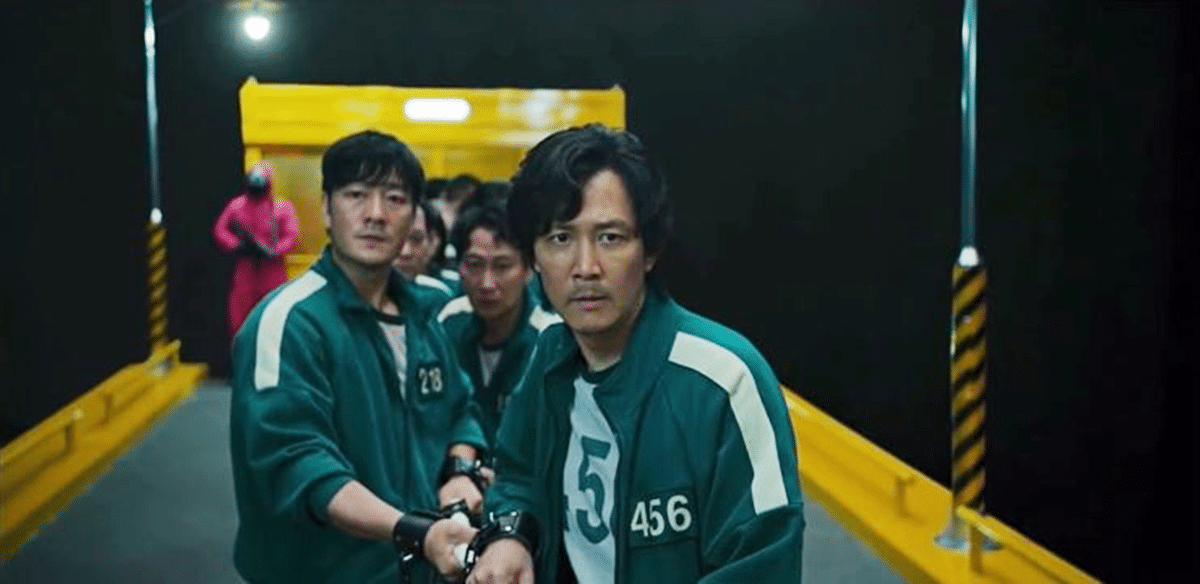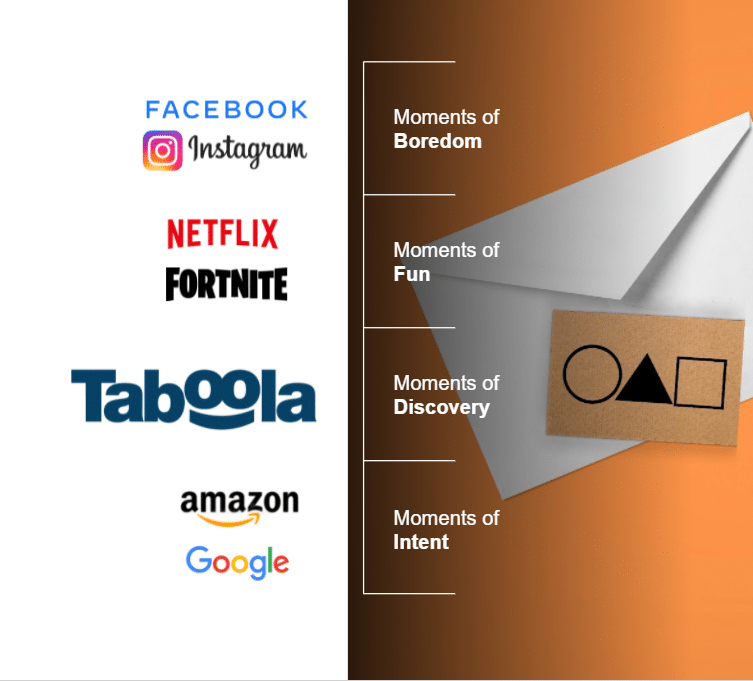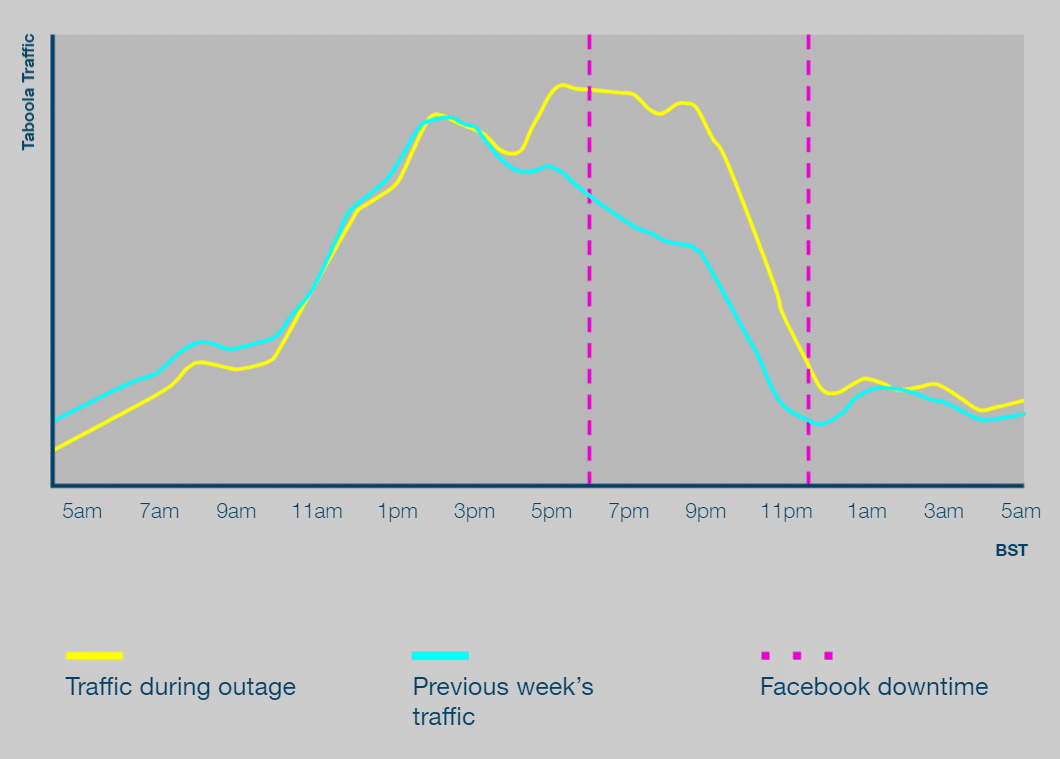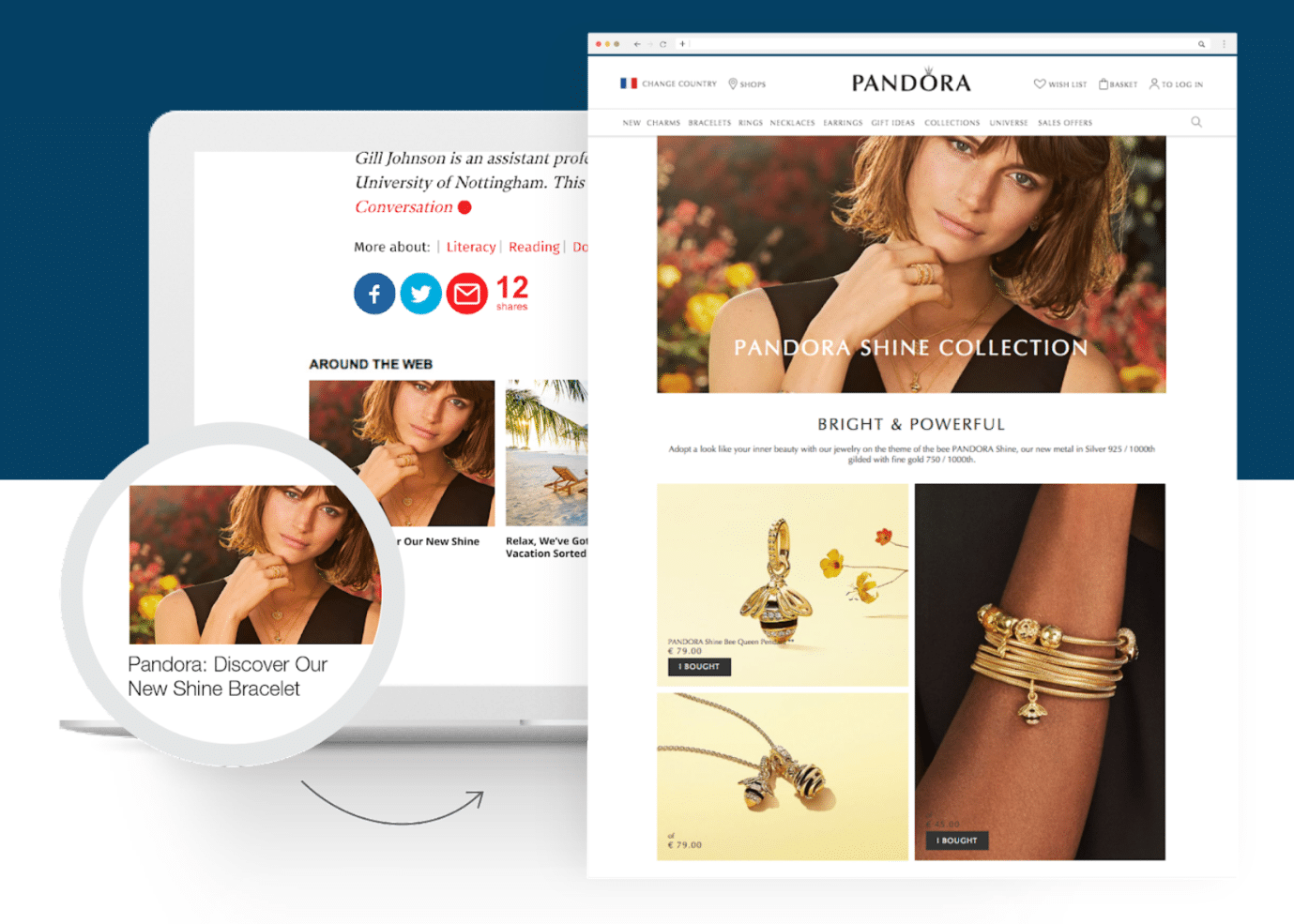Like Squid Game, advertising is a fierce competition that requires cunning, knowledge, and skill to succeed. And what sets winners apart from losers is diversification as a key strategy.
The rules of the advertising game have changed in a big way. You won’t succeed if your only strategy is a one-size-fits-all approach that bets on the same few “strong” players. You need diversification that reaches customers across different channels and mindsets.
In this article, we’ll draw parallels between challenges faced by Squid Game players and the challenges faced by today’s advertisers and their partners. We’ll examine what a strong, diverse advertising strategy looks like and how it’s critical for “winning” — which in the advertising world equates to running a successful campaign.
(Don’t worry, there are no Squid Game spoilers!)
What Tug of War Can Teach Us
Let’s look at one scene that particularly stands out. Game 3, Tug of War, was a great metaphor for the importance of diversification. As I watched it, all I could see was the parallel between this scene and what we do as brand marketers to help our brand win.

(Source)
Here are the key takeaways:
- The ragtag team of different players seemed like a losing formula, but it actually works well together and is incredibly agile and well-organized.
- The strategy is being narrated by an elderly man, who we thought was the weak link. But he turns out to be the unlikely leader for coming up with the winning strategy.
- The team needed a player at the back to act as the “anchor.” In advertising, your anchor is your main strategy and your North Star.
- Each key player offered its own unique “resource” to be used efficiently. They each did their own special part to help the team reach the ultimate goal.
- The competing team was made of 10 strong men. We thought they would win with brute strength alone, but they didn’t have a strategy. They were no match for the diversified team.
How The Advertising Landscape Has Changed
The world of advertising may seem as competitive and ruthless as the life-and-death games in Squid Game. Three key things have changed:
- Consumer attention is split
- A cookieless future is here
- Spend efficiency and ROI is harder to reach than ever
1. Consumer attention is split
We’ve seen growing talk in recent years about the “attention economy.” Indeed, the most scarce resource is now the consumer’s attention. On average, the consumer is exposed to more than 10,000 brands per day.
2. A cookieless future is here
The death of the cookie has advertisers mourning their capabilities, and with good reason. It impacts a plethora of strategies and features, like:
- Cross-domain personalization, frequency capping
- Attribution
- Retargeting and dynamic creative optimization (DCO)
- User targeting through data management platforms (DMPs)
- Lookalike targeting
- First-party targeting through customer relationship management (CRM) tools
- Demand-side platforms (DSPs) and programmatic advertising
- Reach and exposure measurement
3. Spend efficiency and ROI is harder to reach than ever
With scarce consumer attention and third-party cookies becoming a thing of the past, advertisers need to find new ways to spend efficiently and earn ROI. This new landscape presents significant challenges for many, but the ones who will “win” are the ones with the savvy to diversify and engage.
Diversify and Engage Consumers in Every Mindset
Your brand may perform strongly on one channel with excellent returns. But without diversifying, you may not be capturing the consumer’s attention at the correct “moment.”
It’s what Taboola calls the mindset that consumers are in, and it can vary drastically across channels. This mindset drives behavior across the marketing funnel.
On the top of the funnel, consumers are feeling their Moment of Boredom, so they turn to social media. They move through to Moments of Fun on publisher sites, Moments of Discovery through tools like Taboola, and Moments of Intent with direct searches on engines like Amazon and Google.

As a testament to diversification, let’s not forget the infamous Facebook outage of October 2021. During the outage, there was a massive uptick in Taboola traffic as Facebook users sought other channels of entertainment.

The question is: did your campaign effectiveness flourish or plummet when your other channels were put to the test?
As you’re strengthening your omnichannel diversification, creative is a key player. A winning creative strategy:
- Uses different creatives for each channel and each mindset
- Ensures these omnichannel campaigns complement each other
- Avoids ad fatigue by frequently changing up creatives in response to trends (using a tool like trends.taboola.com)
Brands That Have Won the Game Through Diversification — and Taboola
With 25% of online time spent on the open web, a discovery tool like Taboola is more important than ever for capturing every moment of opportunity across the funnel.

Pandora and Honda Australia have managed to do just that.
Pandora

Contemporary jewelry maker Pandora is a well-diversified machine, with part of its advertising strategy anchored by Taboola’s native advertising. Since the partnership began, Pandora has seen a 130% boost in conversion rate and 217 seconds spent on the site on average.
Mathilde Phelip, Traffic Manager, Group Marketing at Pandora, says:
“We see better performance with native advertising than any other channel, giving us the opportunity to spread the Pandora brand everywhere. Taboola not only met our goals for branding, but also achieved impressive conversions through our campaigns. We have driven more conversions with Taboola than with any other native channel.”
Honda Australia
Honda Australia realized that it needed a different channel in order to drive traffic to its dealers. It chose Taboola due to the natural fit with content marketing.
The company’s agency, Zenith Media, deployed Taboola sponsored content campaigns that used audience targeting and retargeting to boost the number of dealer searches, which were the target conversion for the campaigns.
The results? Honda Australia saw a 27% increase in dealer searches and a 291% increase in conversions.
Just like Squid Game, the stakes are high in the world of advertising. You need the right strategy — and you need a strong partner to ensure survival. With 1.3 billion people reached monthly and a network of thousands of the world’s best advertisers and publishers, you’re in good company with Taboola.